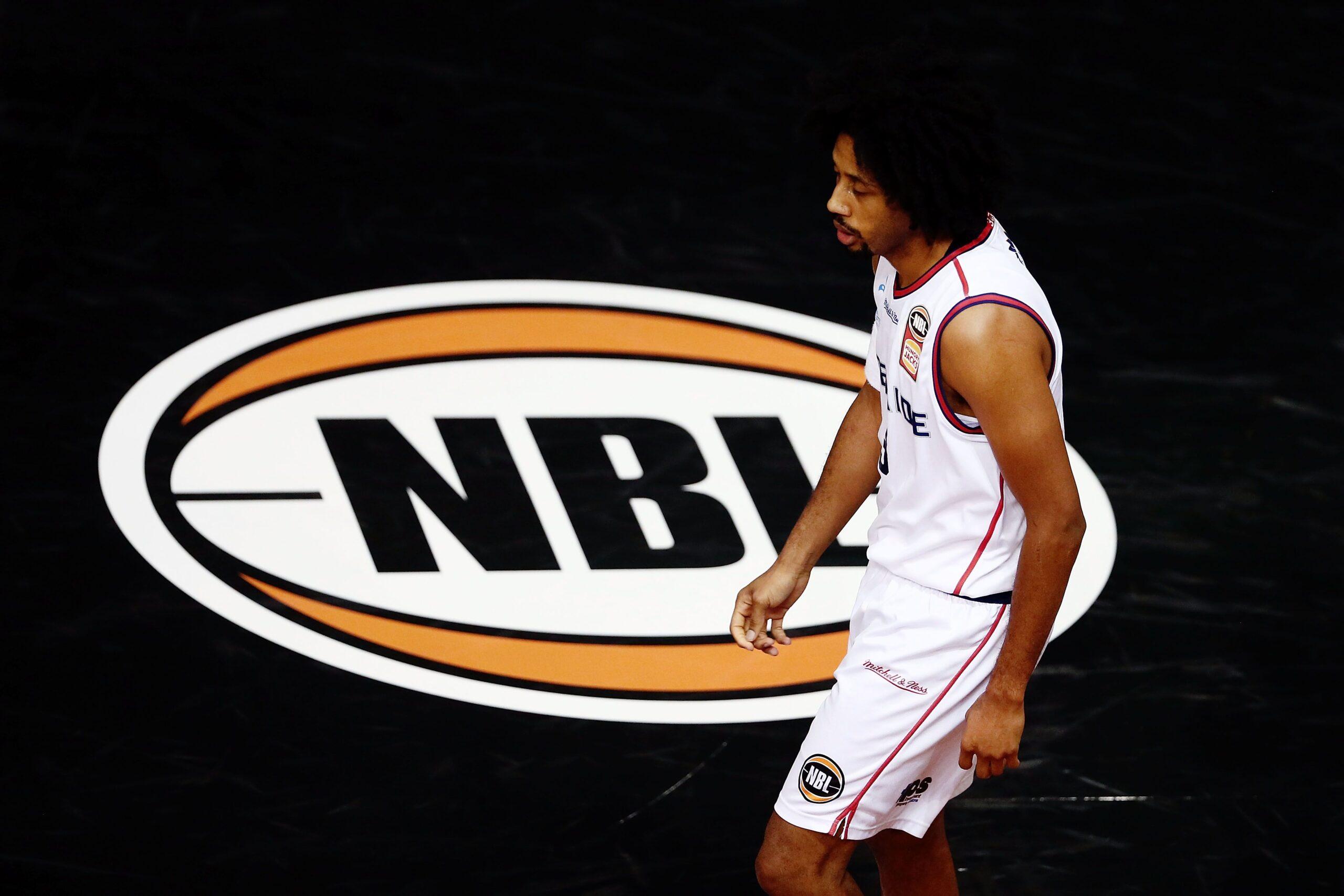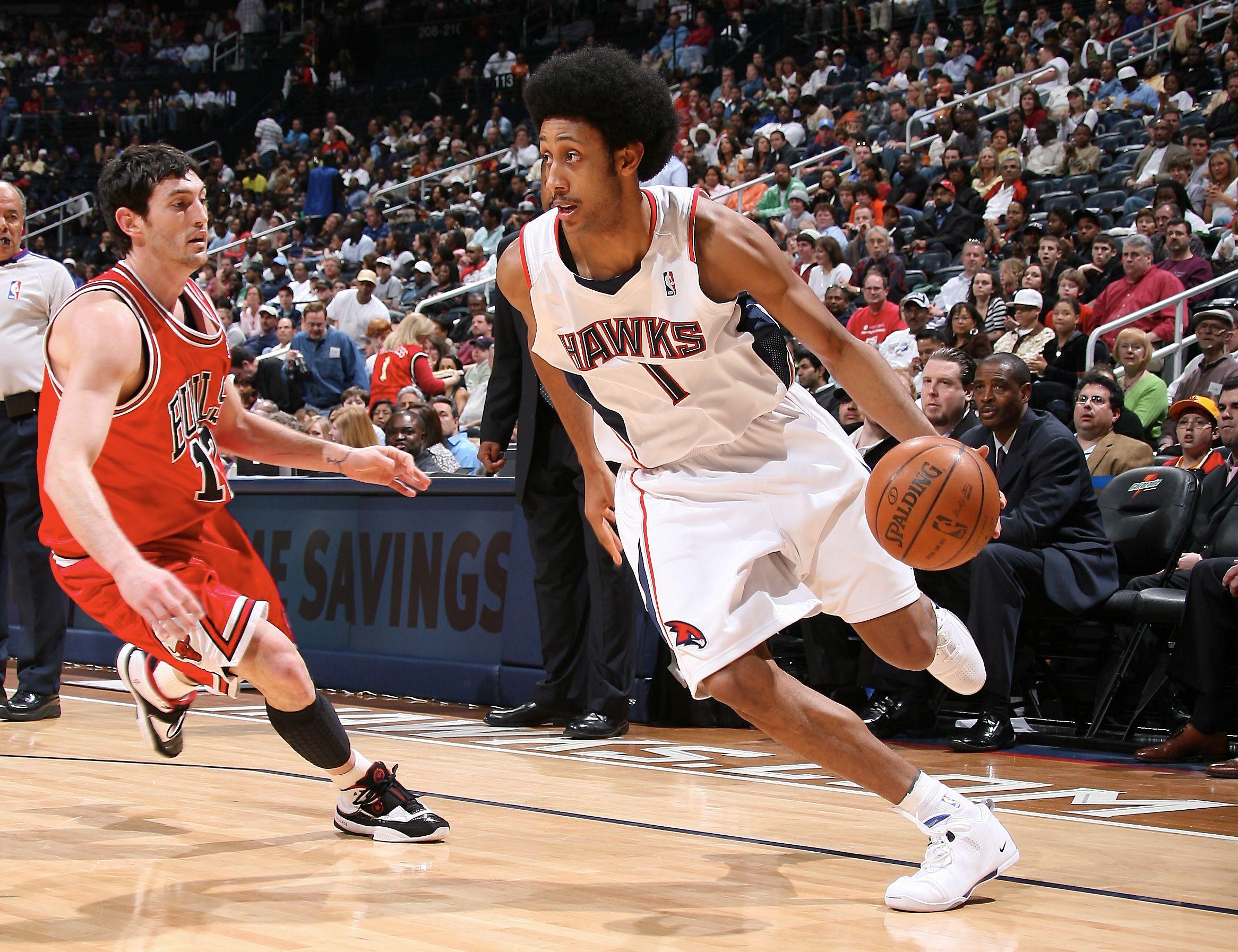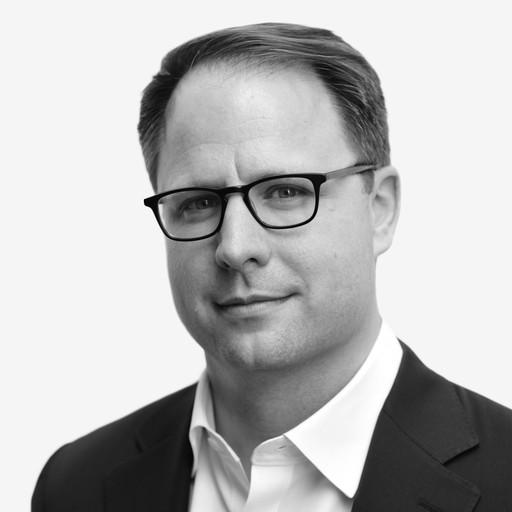Ya’ goin’ to Sydney? my Australian friends asked me. Maybe, I said. But I wanted to see something that wasn’t in the Lonely Planet. I wanted to see Josh Childress. There was a time when Childress was a thing in basketball, known for his Afro and his upside potential and his somewhat radical ideas about globalism. Now, Childress is spending his 35th year on earth with the Adelaide 36ers of Australia’s National Basketball League. In the international language of basketball clichés, he’s your classic “veteran presence.” But Australians use the metric system, so I came to think of Childress as the 203-centimeter veteran presence. I wanted to see what his life was like.
One morning last week, I took a flight from Melbourne to Adelaide, arcing west across Australia’s southern coast. Adelaide (“the city of churches”) is a big small town of 1.2 million that people from Melbourne and Sydney like to make fun of. It’s pretty, a friend said. But ya’ can hear the crickets chirping, ya’ know? The locals, who both reject and accept this critique, call it “Rad-elaide.”
My cabbie dropped me off in front of a field filled with magpies which stretched toward a low-slung, gray building. This is the 8,000-seat Titanium Security Arena. Inside, coach Joey Wright was putting the 36ers—named for 1836, the year South Australia became a British province—through “training,” which is what Australians call a practice. I took a seat on the baseline and watched most of the session alone.
Childress ran from baseline to baseline with an old-man glide. He was somehow neither especially fast nor slow. He was like a driver who set his cruise control at exactly the speed limit and kept a foot near the brake. Childress misheard a few offensive play calls. He told Wright—with less malice than bewilderment—“Sorry, I heard something else.”
At one point, Childress cupped his hands to his mouth and yelled at his teammates in a theatrically cranky voice. “Damn, stop thinking it’s got to be perfect! Just make the extra play!” A couple of 36ers were arguing about a defensive assignment. They shrugged and walked back into position. Childress had made his point.
How do you describe your role here? I asked Childress when he stretched out on a seat next to me after practice.
“Just a veteran contributor,” he said. “I’m not expected to go out there and try to get 30 a night.”
Is that a happy role for you? I asked.
“Ummm, it’s just the reality,” he said. “I’m pretty sure I’m the oldest import in the league. Thirty-four, man. I remember when I was the young guy on the team.”
How’s your game different at 34 than 22?
“Much less athletic,” he said. “I just have to move at my own pace. In a way, it’s good because it slows me down. But I just realize I’m not where I used to be. I told Joey that.
You warned him.
“I did!” Childress said. Wright likes Adelaide to play full-court, pressing defense, but Childress has a special set of rules. He’s allowed to back off a few feet and use his length.
Childress has a goatee and wears his hair in braids that he gathers into a ponytail. He was never jacked, but his arms and legs look skinnier than they used to. He became a vegetarian six months ago, he said.
I told him Australian restaurants serve so much smashed avocado (“smashed avo”) that it has become a kind of self-mocking national joke.
“Did you try it?” Childress said brightly. “It’s good.”
I asked Childress for scouting reports on his 36ers teammates. He rattled them off like he was talking about Joe Johnson circa 2005. About Mitch Creek, Adelaide’s 196-centimeter forward with a Hoosiers haircut: “‘Creeky.’ Very talented. Incredibly intense. He is relentless on the court on the offensive and defensive end. … You look up and he has 16 points and seven rebounds and two charges. … He’s kind of like the face of the franchise.”
About Nathan Sobey, a 190-centimeter guard whose tattoos and whirling arms make him look like the Aussie Jason Williams: “Sobey is the spark plug. He’s kind of like the X factor. … He’s younger, so he’s trying to find out where he fits and how he can best impact games. I think he went from this gray area, not really sure where he was, to then last year, there were a few injuries, and he’s put on the court and he goes off.”
You might think Childress was being tactful. But the next night, when Adelaide played the Cairns Taipans, he showed how seriously he took the idea of being a veteran presence. Childress left as few visible fingerprints on the game as a famous basketball player can leave. It was easy to watch Shannon Shorter penetrating off the dribble or Brendan Teys draining 3s and forget Childress was even on the court.
Late in the fourth quarter, he offered a reminder of his old skill. Childress broke down a defender in the lane and switched hands as he leaned toward the basket for a scooping, left-handed layup. He finished with eight points; he was the game’s 10th-leading scorer. After the 36ers won, the team brought out Creek to talk to the media, even though he hadn’t attempted a shot. It made sense. “Creeky” is the face of the franchise.

Even after the Stephon Marbury redemption tour, we often view ex-NBAers who go abroad as mercenaries. A player moves to China or Greece or Turkey, cashes a few final checks, and plays like an even more cartoonish version of his younger, shoot-first self. Think Antoine Walker in Puerto Rico.
But there’s another, more benign model. At the 36ers game, I found Mark Davis, a 201-centimeter Philadelphian, gazing over the court from a luxury box. Davis came to Adelaide to play basketball in 1985. He was startled when he met his first coach. “I guess the term they use is ‘ocker,’” Davis said. “Real Australian cat, man. When I got off the plane, he said, ‘Bloody, he’s a big bloke!’ I didn’t know what a bloke was. I thought that was an offensive term.”
The NBL is a league trying to surf off the popularity of Ben Simmons and Joe Ingles, while staging wacky promotions that would have made Bill Veeck smile. (When a player from the road team misses two free throws, fans get free burgers from Hungry Jack’s, the Australian version of Burger King.) Davis said the biggest adjustment he made in 1985 was wearing the tight-fitting basketball shorts the team issued him. “Thank God for Michael Jordan coming a few years later,” he said. Baggy shorts were one of America’s most vital exports of the free-trading ’90s.
Davis played 16 seasons in Adelaide. His bust now sits in the front of the Titanium Security Arena. (Proving that clichés are truly global, his nickname was the “Chairman of the Boards.”) Davis has lived in Adelaide for 33 years and has the aura of a local hero. When he walks around the arena, fans yell, How ya’ going, Mark?!
When Childress first arrived in Sydney, in 2014, he looked at Australia as a chance for a reboot. After a stint as Europe’s highest-paid player—the globalist that had David Stern quoting Tom Friedman—he was cut or amnestied by four NBA teams in less than 18 months.
“I had gone through two years—even a little bit more than that—of being on the end of the bench,” Childress said. “It was the first time I had ever experienced that in my career. It’s tough. How do you cope with that?”
Nathan Sobey gave us a wave as he walked off the court. “What’s up, Sob?” Childress said.
“I ended up taking some time off. I went back to school, got my degree.” (He plans a career in business and real estate after basketball.)
“I felt like I could still play and still play at a high level, regardless of my circumstances with the NBA teams,” he continued. “I came to Sydney and got back used to being a focal point.”
Childress hadn’t been the focal point of a team since he was at Stanford. The reason he went to Greece in 2008 was because the Hawks thought he was marginal enough to slow-play at contract time. Yet when he got to Australia, one writer proclaimed that he was the best basketball player the NBL had ever seen. His picture was on billboards, and whenever he got the ball Australian fans yelled “Chill!”
“I was still getting paid by the Suns,” Childress said. “It literally was not about the money. It was, like, just come hoop.”
That could be liberating, I said.
“It was,” he said. “And not in an egotistical way. Just in a self-growth, self-help way. I needed that. It was therapeutic.”

After two injury-filled years in Sydney (he was replaced in the lineup by Al Harrington), Childress was cast back into the outer boroughs of international basketball. He played in Frisco, Texas, and Toyohashi, Japan, and, last summer, with the Ball Hogs of the Big3 league. “I had decided it maybe was just time to retire,” he said. Then the Denver Nuggets invited him to camp. They released him in October. When I asked Childress if it was tough to say goodbye to the NBA for the final time, he smiled. “No,” he said softly. “I said goodbye a couple of times before.”
Each Australian team is allowed three foreign “imports.” Adelaide started the season with two, Shannon Shorter and Ramone Moore. But the 36ers couldn’t find a third import that would stick. One hurt his knee, another played eight minutes and broke his arm. That left Childress. He has called his NBL contracts “modest.”
“In NBA terms, modest, but not in our terms,” said Guy Hedderwick, the team’s CEO. “In our terms, he’s bloody expensive!”
Hedderwick said Childress has a contract worth hundreds of thousands of dollars—a big chunk of the NBL’s salary cap, which allocates slightly over 1 million American dollars to pay 12 players. (Adelaide’s attendance has risen, both because of Childress and because the 36ers are near the top of the “ladder,” or standings.) Childress told me he didn’t have any endorsement deals in Adelaide, but Nike still sends free shoes.
When Childress first turned pro, in 2004, it was rare to find an NBA player talking politics in public. “Myspace was the biggest thing out,” Childress said, “and it really wasn’t the platform to talk politics.”
Now, read Childress’s Twitter feed and you find him dive-bombing Trump. “I wouldn’t say I’m a ‘political’ person,” he said. “It’s a people thing and a moral thing for me.”
“It’s just a downward spiral right now,” he said. “Things are not in a good place, and you have this large chunk of our country that sees no problem with it.”
Of Trump he said: “Here’s a guy who’s the leader of our country who is not acting in a way a leader should. The way he tweets, the things he tweets about, the salesmanship. Everything he endorses shows that ‘I’m going to speak out against anyone that doesn’t believe what I believe in.’ And also: ‘I’m going to support my friends, and my friends’ interests, no matter what.’ That’s where I just don’t agree.”
The Australian media pounces on every Trump story, and copies of Michael Wolff’s Fire and Fury are piled up at the bookstores here. But there is a remote, almost dreamlike quality to learning about the latest Trump outrage from Australia. You feel the way chauvinistic Americans used to feel about other, supposedly benighted countries.
“It’s just a mess,” Childress said. “It’s messy. As amazing as that country is”—I noticed he had moved to the third person—“to have that underbelly right now surface and be at the forefront of everything we’re talking about and everything we’re doing is just unfortunate.”
Do Australians ask you about Trump? I asked.
“In a laughing manner,” Childress said. “It’s a joke, essentially. And on the flip, they’re concerned with his attitude and his demeanor because, as an ally, they get pulled into anything we may do. If there is some situation with North Korea, they’re there, too. It’s unfortunate his ego and his pride involve millions of other people.”
I mentioned to Childress that I found it funny the Australian newspapers measure him in centimeters. He chuckled but then turned serious. One of the best things about being a veteran presence in Australia is the vantage point it offers on life back home. “We’re the outlier,” Childress said. “We’re the only ones who do miles per hour and feet. You get out of our country, out of America, and you start to see it’s us that’s different.”
